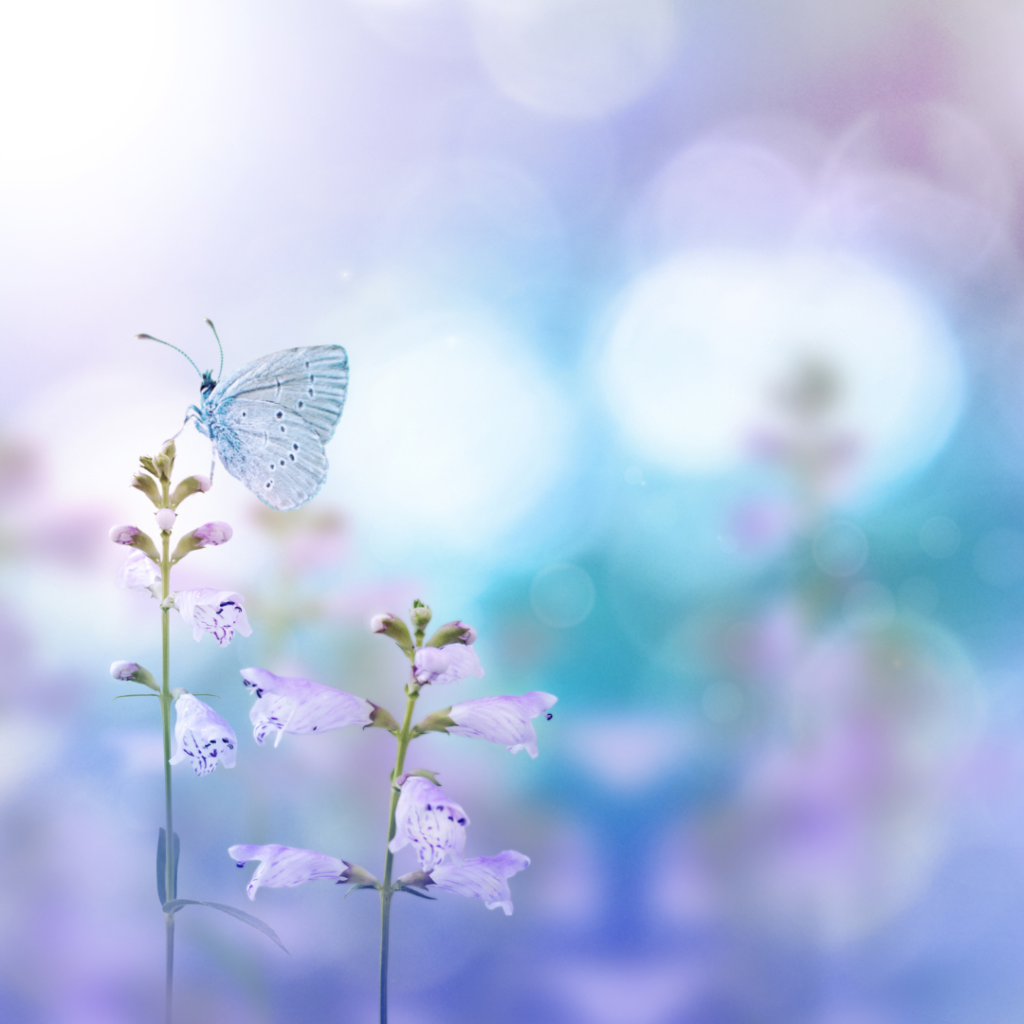Butterflies are not just one of nature’s graceful creatures; these colorful pollinators are an essential part of our ecosystem. If you’re interested in attracting these beautiful insects to your outdoor space, then creating a butterfly garden is a wonderful idea. Here’s a step-by-step guide to help you establish your very own butterfly-friendly haven.
Step 1: Plan Your Garden Design and Research Your Local Butterfly Population
Choose the Right Location
The first step in constructing a successful butterfly garden is planning your layout and choosing an appropriate location. Select a sunny spot that receives at least six to eight hours of sunlight per day, as butterflies love warmth. The best site for your butterfly garden is the south-facing part of your yard that isn’t overshadowed by tall hedges, trees, or buildings. Butterflies need an environment in which they can enjoy the nectar from your blooms while they frolic in the sun. Keep in mind that butterflies do love a sunny environment; they also enjoy having somewhere to rest and rehydrate. Do not forget to add a variety of bushes, blooming plants, and a water source to your garden. Additionally, you might use flat stones or pebbles where butterflies can also rest and enjoy the rays of sunlight.
Know Your Local Butterflies
Find out what kinds of butterflies are indigenous to where you live. When it comes to host plants and sources of nectar, butterflies can be very particular. Knowing which species are common in your area will help you choose plants that will attract and nurture them.
Step 2: Select Butterfly-Friendly Plants
Nectar Plants
Flowers that are high in nectar are essential for a butterfly garden. When decorating your garden, make sure to select an assortment of these nectar-rich flowers so that the adult butterflies have access to an essential nutrient supply. Additionally, selecting plants that bloom at various periods of the year can help ensure a continual bloom. Some great options include:
- Milkweed
- Butterfly Bush
- Lantana
- Echinacca (aka coneflowers)
- Salvia
- Black-eyed Susans
- Zinnias
- Sunflowers
Host Plants
Butterflies not only require the sustenance produced by nectar plants; they also require host plants that provide places to rest, reside, and reproduce. Host plants vary according to the butterfly species. Moreover, butterflies have varying tastes when it comes to host plants. For example, monarch butterflies, which are common in my area, lay their eggs on milkweed. In order to keep these pollinators returning to your garden, research the types of plants that will best serve as hosts for the butterflies you hope to draw and include those host plants that will support the entire life cycle of the butterflies.
Below are some examples of butterfly species and their host plants:
- Milkweed for Monarchs
- Vetch, clover, alfalfa, and other pea family plants for Orange Sulphur
- Dill or parsley for Swallowtails
- Fennel for Black Swallowtails
If you are interested in monarch butterflies, the Xerces Society and the National Wildlife Federation are wonderful resources.
Step 3: Create a Butterfly Habitat
Provide Water
Butterflies require water. An attractive water station for butterflies can be created using a shallow dish filled with moist sand or rocks. Having the rocks near the water source will create a spot for them to relax as they enjoy a refreshing drink.
Shelter
Enhance your garden with trees, shrubs, or long grasses. Doing so will provide the butterfly with cover from the wind and protection from predators.
Step 4: Maintain Your Garden
In order to preserve plant health, attractiveness, and productivity, gardening practices such as weeding, pruning, and deadheading are essential. These kinds of routine upkeep can result in gardens that are more visually appealing and disease-resistant. Over time, you will develop an attractive butterfly garden and a flourishing ecosystem.
Step 5: Avoid Pesticides
Steer clear of pesticides and herbicides when creating a butterfly garden. These substances can harm both adult butterflies and their caterpillars.
Step 6: Patience and Enjoyment
Cultivating a butterfly garden is not an overnight process. It will take some time. Be patient and have some fun. Invite your loved ones to enjoy the majesty of your butterfly garden. Document your journey. Take pictures and journal the types of butterflies you see. By following these steps and maintaining your butterfly garden, you can potentially attract a range of butterfly species, and your garden may become a vibrant, living example of the wonders of nature.
